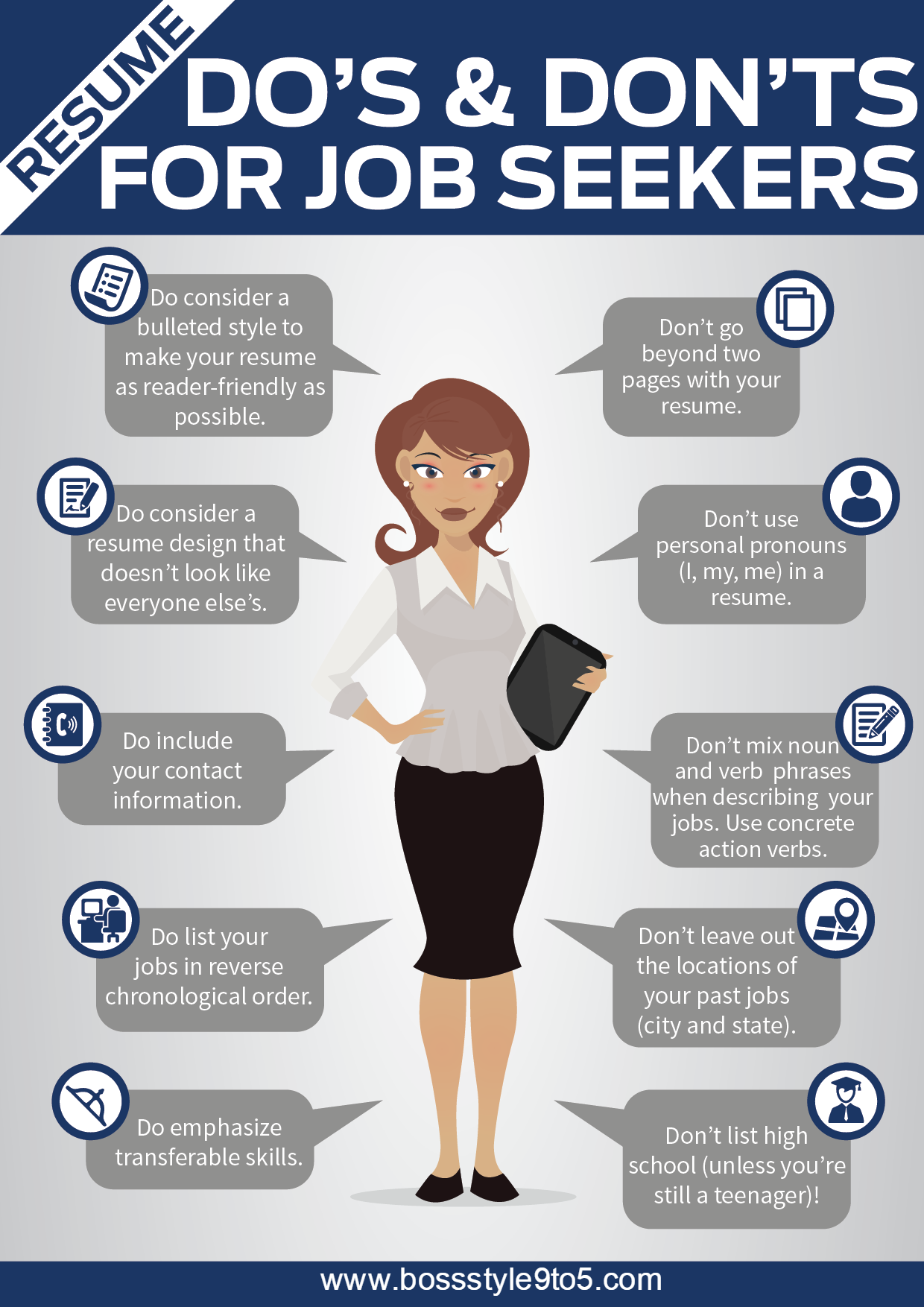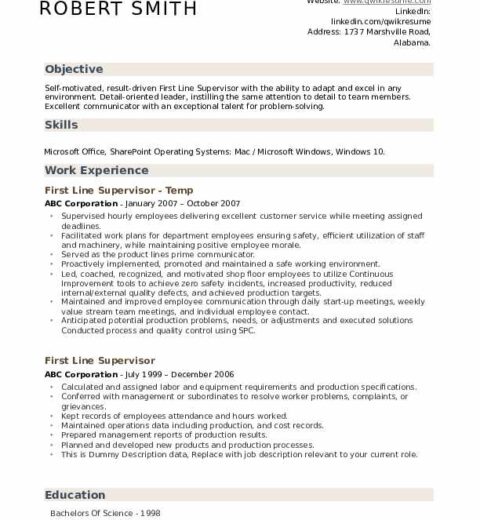In the competitive job market, crafting an effective resume is paramount. It is the first impression many potential employers will have of a candidate, and a well-structured document can significantly enhance chances of securing an interview. Understanding what to include—and what to omit—can make a profound difference. This article delineates the do’s and don’ts of resume writing, along with invaluable tips that can elevate your resume from ordinary to extraordinary.
1. Core Elements of a Resume
Before delving into the intricacies of crafting a powerful resume, it is essential to grasp the foundational elements that every resume should contain:
- Contact Information: At the top of the resume, include your full name, phone number, email address, and LinkedIn profile (if applicable). Ensure that this information is up-to-date and professional.
- Professional Summary or Objective: A succinct statement that encapsulates your experience, skills, and career aspirations. This section should be tailored to the specific role you are applying for.
- Work Experience: Detail your employment history, starting with your most recent position. Include job titles, company names, locations, and the dates of employment, along with bullet points that outline key responsibilities and achievements.
- Education: List your educational background, including degrees obtained, institutions attended, and graduation dates. Include relevant certifications or training that pertains to the position.
- Skills: Highlight relevant hard and soft skills that showcase your qualifications. Be specific, citing technological proficiencies, language fluency, or analytical capabilities.
2. The Do’s: What to Include
To create a compelling resume, adhere to the following best practices:
- Customize Your Resume: Tailor your resume for each job application. Incorporate keywords from the job description to make it past Applicant Tracking Systems (ATS) and resonate with hiring managers.
- Quantify Achievements: When outlining your experience, use numbers and metrics to substantiate your accomplishments. For instance, “Increased sales by 20% over six months” conveys impact more effectively than “Responsible for sales.”
- Use Action Verbs: Begin bullet points with strong action verbs like “achieved,” “implemented,” “led,” and “developed.” This approach injects dynamism into your writing, enhancing its appeal.
- Maintain a Clean Format: Utilize a clear, professional font, adequate white space, and consistent headings. A well-organized layout enhances readability, making it easier for recruiters to discern your qualifications.
- Incorporate a Skills Section: A succinct list of your relevant skills provides a snapshot of your qualifications, enabling employers to quickly recognize your strengths.
3. The Don’ts: What to Avoid
Equally important as knowing what to include is recognizing what to exclude:
- Avoid Irrelevant Information: Omitting extraneous details such as hobbies or jobs unrelated to the position conserves valuable space and maintains focus.
- Don’t Use Generic Language: Avoid cliched phrases like “hardworking” or “team player.” Instead, provide evidence of these qualities through specific examples.
- Steer Clear of Jargon: While industry-specific terminology is essential, excessive jargon can alienate non-specialist recruiters. Aim for clarity and simplicity.
- Don’t Include Personal Information: Avoid mentioning your age, marital status, or other personal details that are irrelevant to the job application and could lead to bias.
- Don’t Use Unprofessional Email Addresses: Ensure that your email address is simple, professional, and ideally includes your name. Avoid nicknames or outdated handles.
4. Power Tips for Enhancing Your Resume
To further bolster your resume’s effectiveness, consider the following power tips:
- Utilize Active Language: Incorporate language that conveys confidence and decisiveness. For instance, instead of saying “Responsible for managing,” use “Managed.”
- Include Professional Development: Mention any workshops, seminars, or courses that you have attended to illustrate your commitment to continuous learning.
- Leverage LinkedIn: Ensure your LinkedIn profile aligns with your resume. Recruiters often cross-reference these documents, and consistency is vital.
- Use Digital Tools: Employ resume-building software or templates that streamline the formatting process, ensuring your document adheres to industry standards.
- Seek Feedback: Have peers or mentors review your resume. Fresh eyes can catch errors and offer constructive criticism to enhance overall quality.
5. Conclusion
The preparation of a compelling resume is a critical step in the job search process. By observing the do’s and don’ts and applying the power tips provided, candidates can create standout resumes that effectively communicate their qualifications and experiences. Remember, a resume is not merely a list of past jobs; it is a marketing tool designed to secure your desired position. Invest the time to craft a professional document that reflects your strengths and aspirations, and you will significantly improve your chances of success in your job application endeavors.



